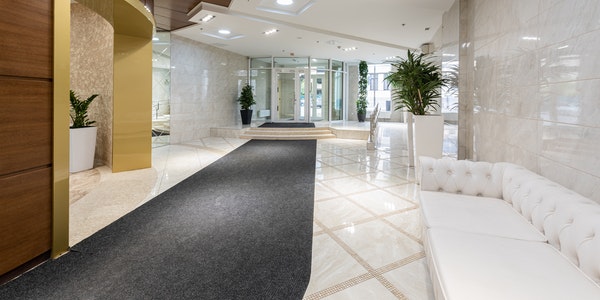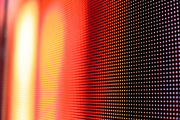Lighting Design for Libraries, Museums, Art Galleries and Exhibition Halls
- The difference between the three lighting design is that the local and key lighting are different, such as book display, book reading, and various exhibits and pictures in the showcase or showroom, all have different lighting requirements.
- The lighting of the library is directly reflected in the ability to view the book titles on the spine and cover, so as to facilitate the retrieval of books from the shelves, and the ability to read various printed materials.
- Libraries, museums, art galleries, and exhibition halls are places for exhibitions, observations and academic exchanges. The display lighting of various exhibits and pictures is the main content, and general lighting and local lighting are usually adopted.
- Pay attention to the quality of the light source and light, and choose a light source whose light color and color rendering are close to that of daylight.
- Avoid the mutual reflection of various surfaces in the exhibition hall, and the influence of the surface color of various decorative materials on the light, which hinders the color rendering of the exhibits.
- Try to avoid mirror reflections on smooth surfaces (glass, stainless steel, plexiglass).
- The smooth and glossy surface of the exhibits and the directional incident light will cause glare on the exhibits. Showcases (tables) with glass frames can also produce glare. The way to avoid glare is to adjust the angle of the exhibits while limiting the light source to a certain range.
- The use of light to shape the shape of the exhibits, and the proper use of diffused light and local directional light will strengthen the image of the exhibits.
- Carefully select colored light sources, combined with the specific conditions of the exhibits, and make appropriate contrasts and exaggerations.
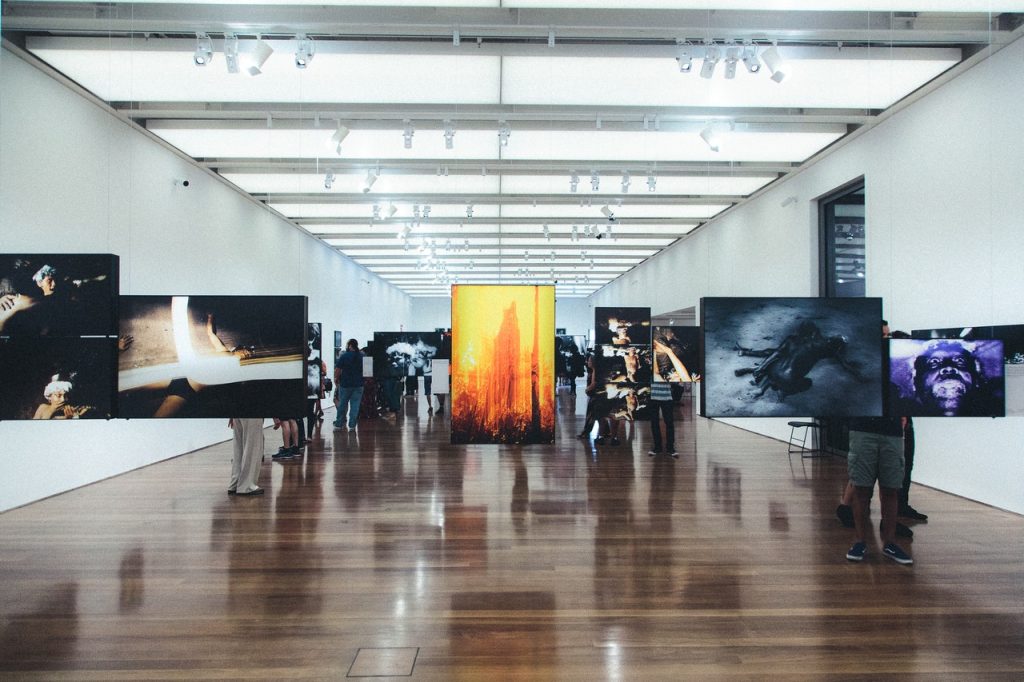
Sports (Stadium) Lighting Design
- Enough illumination should be ensured so that spectators can instantly see the activities of the athletes and ensure that the athletes can accurately see the changes in the activities of sports equipment (such as balls).
- The illuminance standards of various indoor and outdoor sports stadiums can refer to the provisions of the “Technical Regulations for Building Electrical Design”. Pay attention not only to the average illuminance on the horizontal plane, but also the average illuminance on the vertical plane.
- There are many sports competitions, and the requirements for lighting are also different. The lighting should be designed according to the uniformity gradient to meet the requirements of different projects, audiences and photography and videography.
- The light source should be changed at any time according to different sports. Because the light color and color rendering of the light source are different, the resulting lighting effect and the resulting lighting atmosphere are also different. These should all depend on the content of the sport.
- Glare can reduce vision or feel uncomfortable for spectators and athletes when viewing objects. In order to avoid glare interference, the elevation angle from the lowest point of the projection point to the luminaire must be greater than 60 degrees in the outdoor sports field, and greater than 45 degrees in the indoor.
- When decorating the ceiling and walls of the competition venues, the reflection coefficient and color of the decoration materials must be considered. To avoid glare, matt finish materials with high reflection coefficient should be used.
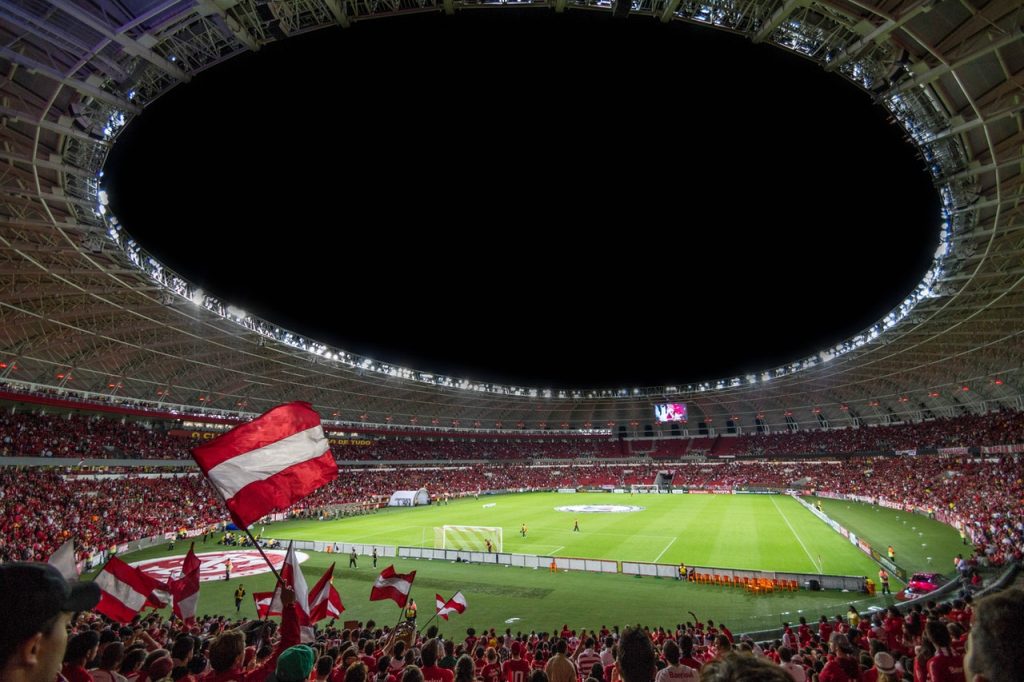
Lighting Design for Art Galleries and Museums
The light environment is an important indicator to measure the level of art galleries and museums. In order to keep the exhibits properly, they must be protected from optical radiation as much as possible; in order to create a good visiting environment for the audience, it is necessary to improve the lighting level.
Display (Poduct) Lghting
The overall effect of the display is more important than the visual effect of a single exhibit. The display lighting design needs to achieve a balance between overall lighting and local accent lighting, and the balance of colors and brightness between the exhibits and its background. The display lighting requires excellent color rendering performance to avoid uncomfortable glare. The shape, form and texture of the exhibits also need to be carefully considered.
- Uniformity.
The ratio of the lowest illuminance to the highest illuminance of the general picture should not be less than 0.7; the extra-large picture should not be less than 0.3.
- Contrast.
Contrast can be defined as the ratio of the brightness of an object to the brightness of the background or environment. The illuminance of the surface of the concrete object is directly proportional to the reflectance. Need to understand the reflective properties of the object, the background materials and the overall lighting method.
- Visual adaptation.
The brightness range of each area of the museum should be limited so that the eyes can adapt at any time. The screen brightness should be higher than the surrounding background brightness, and the brightness ratio should not exceed 3:1. Areas with too high brightness will become glare areas, causing visual difficulties and affecting the viewing of the details of the exhibits.
- Apparent color
Contrast can be achieved not only through differences in brightness, but also through differences in color. If the object and the background are illuminated by light sources with different correlated color temperatures, the color contrast can be revealed. It is necessary to avoid causing color distortion of the exhibits, and avoid excessive chromatic aberration leading to distraction of visual attention.
- Color rendering performance
When displaying paintings, colored fabrics, multi-color exhibits and other places with high requirements for color discrimination, light sources with a general color rendering index of not less than 90 should be used as lighting sources. For places with general requirements for color discrimination, a light source with a color rendering index of not less than 80 can be used as the illuminating light source.
- Exhibits background
The background of the exhibits not only affects the display effect, but also affects the receiving state of the eyes. Visual reception depends on brightness and color. The brightness contrast between the background and the object should not be too large. If the background is obviously brighter or darker than the exhibit, it will reduce the quality of the details seen.
- Glare
Glare is formed by directly or indirectly seeing light sources, windows or other light sources that are too bright compared to the overall brightness in the entire field of view. The selection of exhibits, light sources, and the relative position of the observer can help the team overcome the problem of glare. When viewing objects displayed in a showcase that is not illuminated from the inside, the vision is often disturbed by external light sources, illuminated exhibits or other reflected light. This is called reflected glare. The control method is as follows.
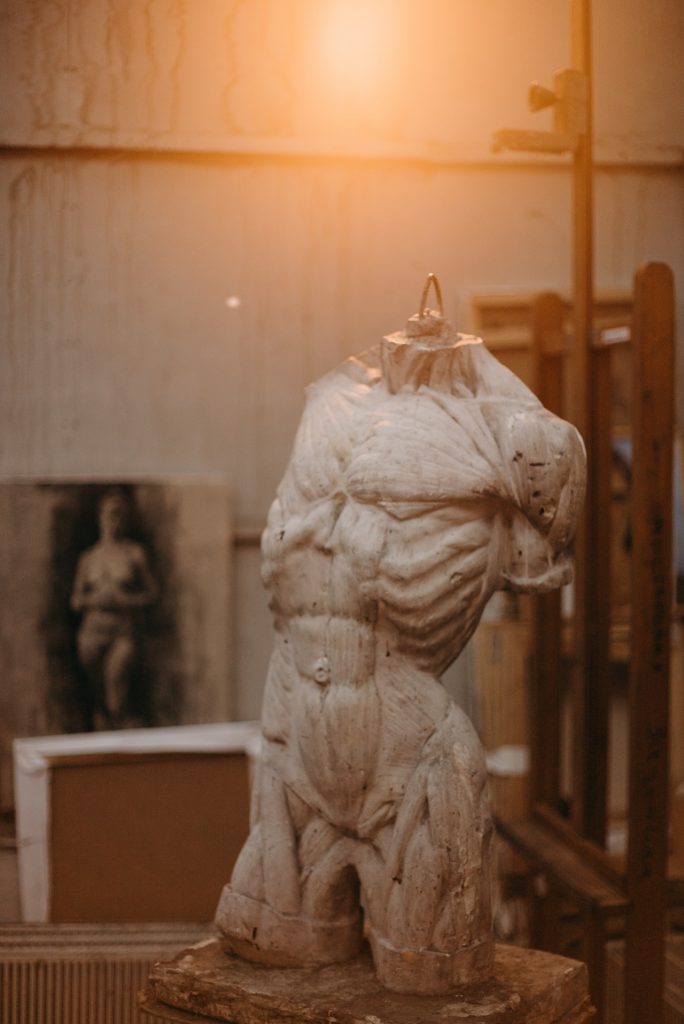
(1) One-time reflected glare. The light source is generated by the picture, especially the reflection of the picture with a mirror frame. In order to prevent reflected glare, a 10° margin can be considered for the projection angle of the diffused light. At the same time, to prevent the unevenness of the screen, the lamp cannot be designed within the range of 20° with the screen.
(2) Secondary reflection glare. Because the brightness of the audience or the surrounding objects is higher than the brightness of the screen, the glare caused by the reflection of the image on the glass surface. The way to disappear or weaken the secondary reflection glare is to control the brightness of the audience and surrounding objects to make it lower than the brightness of the screen.
- Three-dimensional
For three-dimensional exhibits, the three-dimensional impression should be expressed. Stereo sensing is achieved through the combination of directional lighting and diffuse lighting.
- Accent lighting
(1) The display of the wonderful things of the item usually needs to be realized through accent lighting.
(2) The point light source that produces the light beam is usually used to emphasize the key points of vision, the three-dimensional sense of the exhibits and the essence of the area.
(3) The size of the beam is very important for determining whether a beam is sufficient to illuminate the object, otherwise it is necessary to consider projecting several intersecting beams.
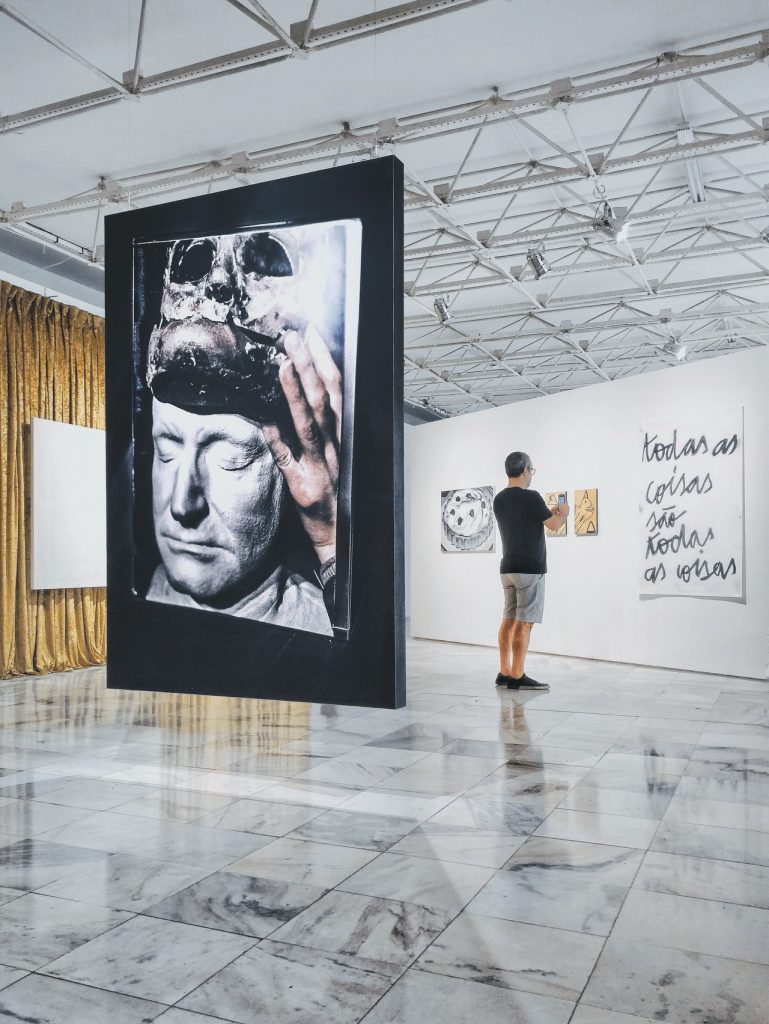
Special Dsplay (Poduct) Lghting
The exhibits of art galleries and museums can be divided into three-dimensional and planar forms. According to the exhibition time, they can be divided into permanent and temporary. The following exhibits require special lighting.
- Large three-dimensional exhibits.
Large-scale three-dimensional exhibits are three-dimensional exhibits, such as sculptures, mechanical equipment, clothing and artillery weapons. The following lighting methods are commonly used:
(1) The point light source lighting comes from one side, and the flood light source lighting comes from the other side, causing different degrees of shadows and highlighting the three-dimensional feeling.
(2) Different colors of light are used to project from different directions, creating a prominent impression of the exhibits.
(3) Exhibits with only one viewing direction should be projected from the viewing direction.
- Plane exhibits on the vertical plane.
The plane exhibits on the vertical plane include paintings, prints, photographs, and important documents, etc. The following lighting methods are usually used:
(1) Fluorescent lamps are generally used for the lighting of exhibits on the vertical wall, which can provide soft and continuous light, so that the vertical surface has a good brightness contrast.
(2) The lighting method of the light-emitting panel, that is, the exhibits are set into a photo film, the outer cover is milky white or transparent plexiglass, and a fluorescent lamp is set behind it. The effect is realistic, simple and practical.
- Showcase.
Showcase lighting is mostly used in cabinet settings, and it can also be illuminated by external spotlights. Fluorescent lamps are usually used because of their large luminescence and low heat generation.
(1) Be careful to hide the light source in the cabinet to prevent visitors from seeing it.
(2) Ensure that the illumination in the large display cabinet is uniform, and the uniformity should not be less than 0.3
(3) Avoid reflections from the exhibit surface and the glass surface of the showcase.
(4) Pay attention to setting up anti-ultraviolet measures, such as the use of optical fiber lighting in the showcase.
(5) In order to solve the temperature rise of the showcase, a light source with a small heat output per unit of illuminance should be used

